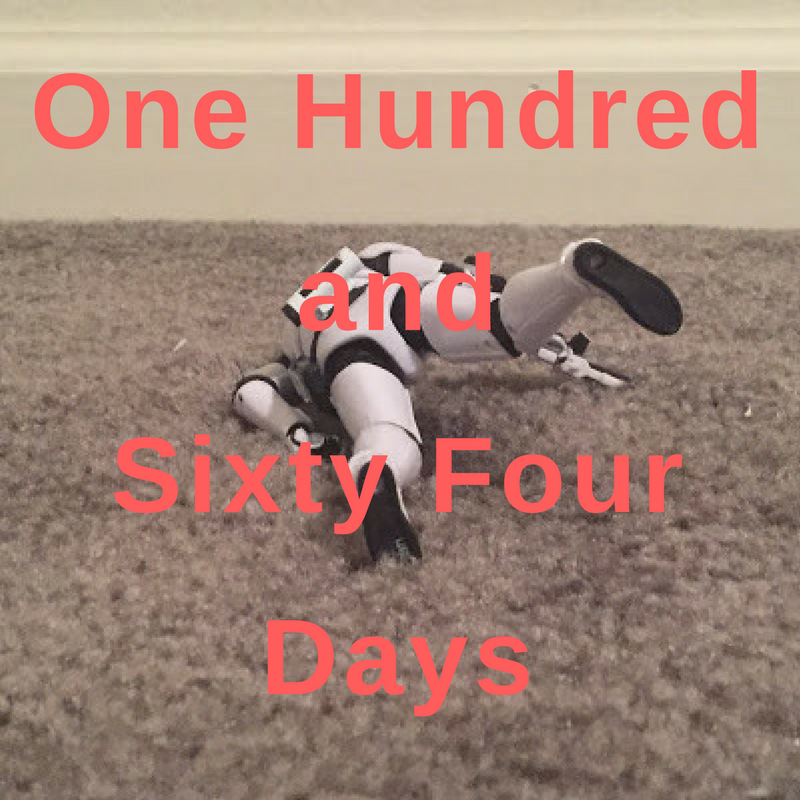7. Tom the Dancing Bug
by Ruben Bolling

As good a decade as it was for comics, it was an absolutely abominable decade for everything else. And it wasn't even that great of a decade for all comics - editorial cartoons continued a long downward slide into calculated irrelevance - a situation certainly exacerbated by the declining (er, freefalling) fortunes of the newspaper industry but in no way arrested by their own general uselessness. This is not to say there aren't still good people working in the field, obviously, but editorial panels have become pretty dire. Mike Luckovich is skilled and professional, but his work is almost entirely toothless, and in its toothlessness emblematic of the problems assailing the field: rarely controversial on its own terms, the artist is content to harvest small laughs by sniping at passing scandal or knowingly winking at the procedural incompetence of career politicians. Somehow the majority of political cartoonists manage to make a living despite there being nothing actually political in their work - just good-natured bipartisan joshing. There's good, angry work being done in alternative weeklies, but unfortunately neither Tom Tomorrow nor Ted Rall are half (or even a quarter) the cartoonist that Luckovich is - put the insight of the former together with the skill of the latter and you might actually have something resembling a whole, effective political cartoonist, someone able to use the vocabulary of the medium to pointed effect.

However, the dwindling fortunes of the editorial cartoon in the United States should not be taken as any indication of the state of the art abroad. Political cartoons are a big deal everywhere else: one need look no further than the number one comics / cartooning news story of the decade (sorry, bookstore migration!) to see the power, in absolute terms, of the medium when tied to political speech. This is hardly the only example, either: political cartoonists have been jailed, sued, sidelined and outright murdered throughout the world, a sobering catalog of injustices that reinforces the cartoon's status as a uniquely explosive vehicle for political satire, parody, or sheer insult.
Not so in America, however. The price paid for safety and comfort in the land of free expression is basic irrelevance. The only time people pay attention to political cartoons is when a bad cartoon is misread (or "misread") - God forbid a right-wing hack "accidentally" draw a parallel between President Obama and a rampaging chimpanzee. Of course the moment anything offends, it's pulled and copious apologies are issued: the result of this reflexive cowardice is an editorial page held to the same standards & practices as Garfield. Anything that smacks of partisan "bias" (read: liberal bias) is obliterated. A neutral lack of "bias" always reinforces the status quo. In the end, what are editorial cartoons in 2010, just a rectangular slab of ink to anchor the design of an editorial page in an anachronistic media delivery vehicle? We get the press we deserve: even the most stridently leftist voices, if they make the conscious decision to have their work distributed nationally, are subverted by their status as content providers for the same multi-national corporations they ostensibly critique. You can read all about it in Theodor Adorno's The Culture Industry, on sale now from Amazon for $24.95. The revolution will not be televised, yadda yadda yadda.

Ruben Bolling hardly sidesteps these contradictions, but he is at least aware of the uphill battle facing any ostensibly independent cartoonist wishing to maintain relevance in the face of an omni-powerful media-industrial complex. The strip's most endearing quality is its unflinching commitment to dragging the reader through the figurative mud of our crap-stained national character: the strip may look cute, but Bolling pulls no punches. It's worth taking a closer look at the sequence of strips immediately following 9/11. Beginning with the "Super Fun Pack" at the top of the page, read this and this and this and this and this. In the space of six weeks and six strips Bolling captures the strange tragedy of post-WTC America with stunning satirical economy. Immediate shock, fear and despair give way to legitimate, unironic anger and national pride - but it's not long before the best parts of this generic, positive patriotism are bent to the service of regressive nationalism, itself fueled by an expansionist foreign policy apparatus unashamed to harness the aggrieved spirit of American exceptionalism to an aggressive agenda of triumphalist military expansion. Someone was going to figure out how to turn 9/11 into a payday - and ultimately what could have been a moment of national clarity and redefinition became a de facto coup of the United States government by its most radical conservative elements. Bolling is hardly the only person to chart this sad progression, but the fact that he was able to do so in the space of just a handful of panels, and with the wounds still so fresh, is no mean feat. For all the books and articles that have been written on the event, Bolling's perspective on 9/11 is still, for me, the most accurate, the most devastatingly tragic, and unfortunately one of the most clairvoyant.

But versatility is another of Bolling's strengths. He may be one of our most astute political commentators - and he may be, at times, spookily prescient (read this strip, printed a full decade ago but, sans the Matrix reference, sadly contemporary) - but he's also a canny conceptualist with an eye for understated formal play. His recurring Billy Dare sequence is particularly notable for the ways in which it pulls apart the expectations regarding boys' adventure stories (Tintin and Terry & the Pirates) as if they were taffy - check out this, this, and this, for instance. "God-Man" parodies religion through the lens of superhero stories - or, um, is he parodying superheroes through the lens of religion? I can't tell. I personally like this pair of strips (1, 2) dealing with the Lord of the Rings' inexplicable mainstream popularity - yah, cheap shots, but they're funny because they're true. (Seriously, how weird is it that three of the biggest movies of the last ten years are based on what were once the nerdiest books ever written? I mean, real-life girls went to see those movies, and everything - real girls with breasts and hair, even!)
He's hardly the best draftsman on the comics page, but his rough-around-the-edges, slightly awkward style makes an extremely effective disguise for his ruthlessly effective satire. His celebrity likenesses are intentionally goofy, but his pastiches of Barks, Kirby and Hergé are surprisingly sure-footed despite their simplicity. He's no R. Sikoryak, but he is nevertheless able to pull from a far-ranging pool of influences to great effect.
I could go on but anything more would just be belaboring the point: Bolling is a cartoonist of rare insight who has found an enviable, surprising outlet for some of the most effective and consistent political commentary of the last decade. One would like to think he would be a stand-out talent even in a crowded field, but as it stands now he easily distinguishes himself in a very sparsely populated room.
10. X-Force by Peter Milligan & Mike Allred
9. Schizo #4 by Ivan Brunetti
8. Jimmy Corrigan by Chris Ware
This list is composed of English language comics originally released between 2000 and 2009.

The best way to experience Tom the Dancing Bug is in the pages of your weekly alternative newspaper. However, for those of us for whom this is not an option, the strip is also available online and for free. New pages can be seen weekly here at Universal Press' comics portal, GoComics, or through Salon. I believe you have to register to see archives past a certain point on those sites, but a huge whopping chunk of the last decade's run can be found in a semi-organized archive here, at no cost.
Unfortunately, Bolling's work has not yet seen comprehensive or timely collection. The most recent collection - and the only book to feature strips from the last decade - is Thrilling Tom the Dancing Bug Stories. It features pages from the late 90s through to around 2003, but is not complete and the choices are somewhat baffling for anyone familiar with the strip. (Specifically, the famous 9/11 strip reprinted at the top of this review is absent, although other 9/11 themed pieces are present.) Still, considering that it's an imperfect collection, we might not see another anytime soon. It appears to be out of print but can be found for pennies online. I bought my copy for around $7 in a used bookstore in southern Vermont, I can't imagine you'd have to pay more than that if you looked.





No comments :
Post a Comment